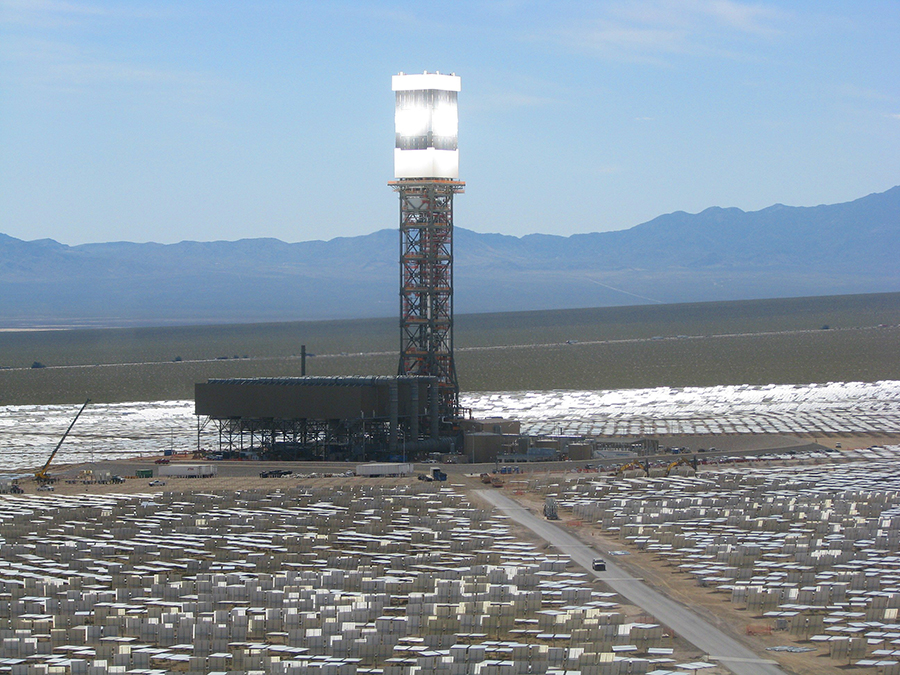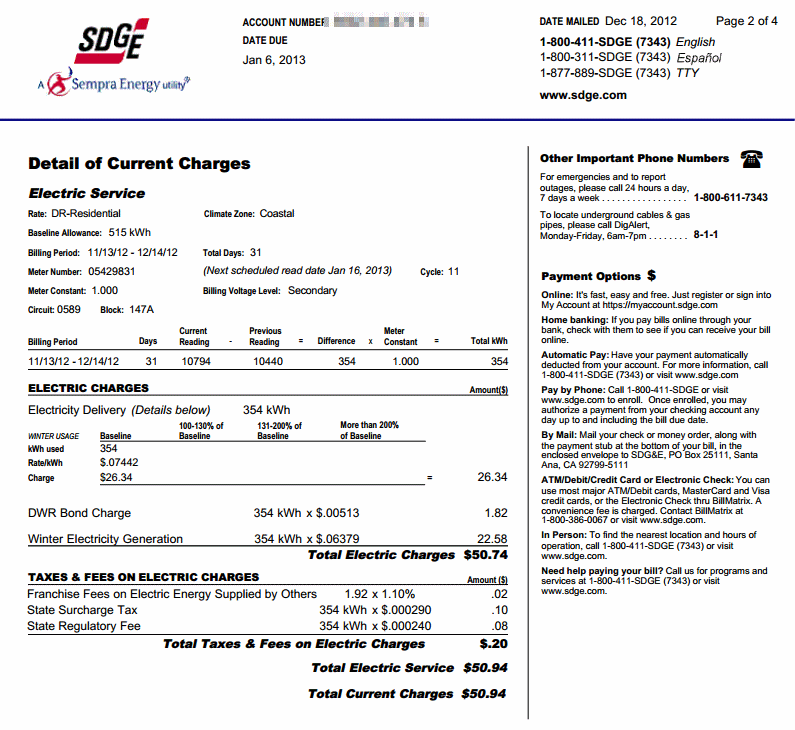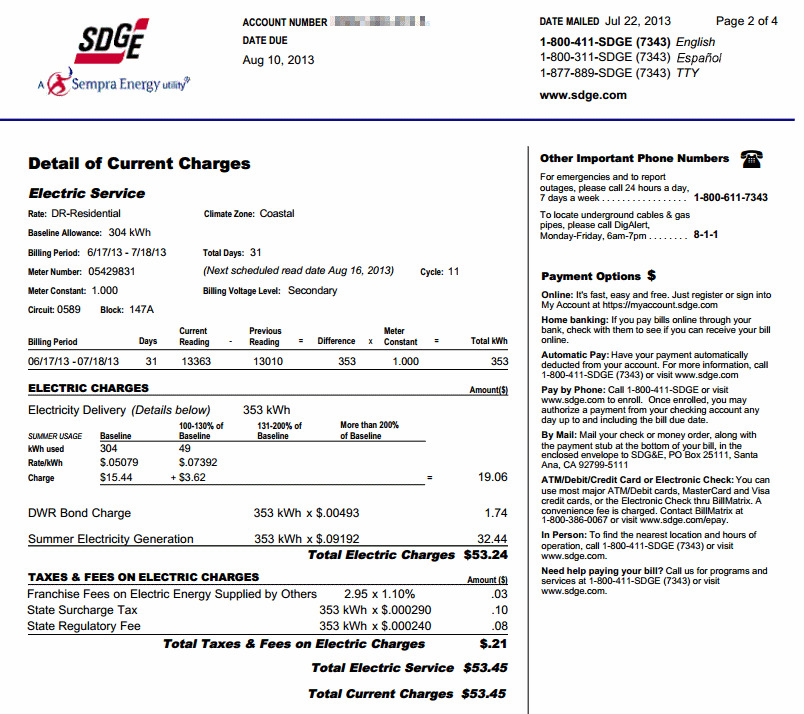U.S. to Be World’s Top Oil Producer in 5 Years, Report Says
#61
This thread is now relevant to my interests. Subscribed.
http://www.eosenergystorage.com/tech...-and-products/
I'm interested if EOS can bring their claims of high-capacity, low-cost, durable, non-volatile, compact energy storage to the real world. If so, I have a significant quantity of unused crawl-space available in my basement that would make for an ideal storage facility for such a system. I would have to call up the local grid distributor and find out if I could be an electricity supplier. I wonder how much income I could generate by buying electricity at night and selling it back during the day...
http://www.eosenergystorage.com/tech...-and-products/
I'm interested if EOS can bring their claims of high-capacity, low-cost, durable, non-volatile, compact energy storage to the real world. If so, I have a significant quantity of unused crawl-space available in my basement that would make for an ideal storage facility for such a system. I would have to call up the local grid distributor and find out if I could be an electricity supplier. I wonder how much income I could generate by buying electricity at night and selling it back during the day...
#62
Depends on how your local rate structure is set up. As far as I am aware, in my area, I would get paid what the utility charges me for electricity. If I get charged $.08/KWH, they would pay me $.08/KWH for generation (which is a fantastic deal for consumer btw, .08 represents generation costs as well as distribution overhead. so the utility is forced to take a loss on your generation).
If your utility has the same scheme for retail generation, The only way you could make money is if the same applies for your Time of use rates. My utility does not do time of use billing(electricity is the same price for me 24 hours a day), so I would make no money on a scheme using only batteries.
It is theoretically possible you could participate in the wholesale market, the price is much more volatile, so there is more opportunity to make money. The challenge is the significant barriers to entry. typically your ISO would require some form of real time telemetry from you, and there are grid system protection requirements you would be responsible to provide. It is difficult to deal with these costs on such a smalls scale.
If your utility has the same scheme for retail generation, The only way you could make money is if the same applies for your Time of use rates. My utility does not do time of use billing(electricity is the same price for me 24 hours a day), so I would make no money on a scheme using only batteries.
It is theoretically possible you could participate in the wholesale market, the price is much more volatile, so there is more opportunity to make money. The challenge is the significant barriers to entry. typically your ISO would require some form of real time telemetry from you, and there are grid system protection requirements you would be responsible to provide. It is difficult to deal with these costs on such a smalls scale.
#63
Elite Member
iTrader: (2)
Join Date: Sep 2008
Location: Central Florida
Posts: 2,799
Total Cats: 179
Regarding US energy independence, via a reduction in demand for oil imports and an increase in supply of multiple domestic energy sources. Specifically in this case, concentrating solar power (CSP).

Yesterday, BrightSource Energy announced that its Ivanpah project in California's Mojave Desert has reached commercial operations and is starting to deliver power to the grid. With total capacity of 377 MW across its three units, Ivanpah is the world's largest CSP project. Ivanpah nearly doubles the operating CSP capacity in the U.S., and in fact it is the largest solar plant start-up of any kind (either PV or CSP) over the past 12 months. The project, whose construction began in 2010, is jointly owned by privately held BrightSource, NRG Energy, and Google. This news came a day after Wednesday's announcement by SolarReserve, another leading CSP developer, noting that its Crescent Dunes project in the Nevada desert entered the commissioning phase. At 110 MW, what's particularly notable about Crescent Dunes is not as much its scale but rather the fact that it is the world's first utility-scale solar project with integrated molten salt power storage. The storage solution eliminates the need for traditional backup, such as natural gas. The project, whose construction began in 2011, is jointly owned by privately held SolarReserve, the construction company ACS Cobra, and the Spanish bank Santander.

#65
Boost Pope


Thread Starter
iTrader: (8)
Join Date: Sep 2005
Location: Chicago. (The less-murder part.)
Posts: 33,038
Total Cats: 6,604
The projected cost (including overruns) to build reactor units 3 & 4 at Plant Vogtle (the first new nuke plants in the US this century) is around $14 billion, and they will have a combined gross output of 2.5 GW, with a capacity factor of nearly 100%, for an annual output of 21,900,000 MWh. This translates to a capital cost of around $650 per MWh/year.
So it costs 3.5x as much up-front to construct a solar plant as it does a nuke plant.
(The French, who have more recent experience than the US in efficiently building new nuke plants, have their costs down to around €4 billion / gigawatt, and the Chinese are under-cutting them by about 40%.)
Actual operating cost for Ivanpah isn't yet known, but reliable estimates comparing it to similar stations say that its will cost around $0.135 per kilowatt-hour to run in the long-term. (source.) This is roughly 5x the average operating, fuel and maintenance cost of a US nuclear reactor on a cents-per-kwh basis (source)
If they manage to get the operating cost of Ivanpah down to the target of $0.06 / kwh, then it will only cost 2.4x as much to operate as a nuclear plant.
#66
I do not think you are comparing apples to apples Joe. The PPA defines what the utility will pay for the wholesale cost of electricity. This is not really operating cost because it includes markup and profit for the generator.
I would expect that a nuclear station and this solar plant to have similar operating costs.
The solar plant has what I guess is a low pressure (by power plant standards) steam plant and 0 fuel costs. The only ongoing costs associated with it are maintenance and workers wages. Other than the solar boiler, I would bet the replacement parts are inexpensive.
a Nuke plant has huge super-critical steam machinery. And while fuel costs are small, they are still present. When machinery breaks it is hugely expensive to replace (or even move for that matter). The costs of performing upgrades on a nuke station are huge too (god help you if you need to run a new control cable).
So while clearly it is cheaper to build a nuke plant, I would wager that the difference in operating costs would probably come out the same.
On a related note, how much do Californians pay for electricity? Does anyone have on their bill what they pay in $/KWH roughly? Energy in my region is trading at about $43/MWH. the PPA mentioned in the article suggests that they are paying 3 times that for power from Ivanpah. I think my bill is something like 6-8 cents/KWH, which would suggest you guys are paying 18-20.
I would expect that a nuclear station and this solar plant to have similar operating costs.
The solar plant has what I guess is a low pressure (by power plant standards) steam plant and 0 fuel costs. The only ongoing costs associated with it are maintenance and workers wages. Other than the solar boiler, I would bet the replacement parts are inexpensive.
a Nuke plant has huge super-critical steam machinery. And while fuel costs are small, they are still present. When machinery breaks it is hugely expensive to replace (or even move for that matter). The costs of performing upgrades on a nuke station are huge too (god help you if you need to run a new control cable).
So while clearly it is cheaper to build a nuke plant, I would wager that the difference in operating costs would probably come out the same.
On a related note, how much do Californians pay for electricity? Does anyone have on their bill what they pay in $/KWH roughly? Energy in my region is trading at about $43/MWH. the PPA mentioned in the article suggests that they are paying 3 times that for power from Ivanpah. I think my bill is something like 6-8 cents/KWH, which would suggest you guys are paying 18-20.
#67
Boost Pope


Thread Starter
iTrader: (8)
Join Date: Sep 2005
Location: Chicago. (The less-murder part.)
Posts: 33,038
Total Cats: 6,604
1: Large solar plants, especially heliostatic plants with lots of moving parts, are extremely maintenance-intensive. There is a very large ongoing labor cost associated with maintaining and operating them, as opposed to a nuke plant which, aside from certain periods of scheduled maintenance, is mostly hands-off in operation.
2: It's necessary to scale said costs according to output. A nuke plant might have 2x - 3x the "real" operating cost of a heliostatic plant, but if it produces 10x the energy output, those costs are amortized down across a much larger base. (The same also holds true for comparing other high-density base load technologies such as coal and hydro to other low-density intermittent generators such as wind and PV solar.)
On a related note, how much do Californians pay for electricity? Does anyone have on their bill what they pay in $/KWH roughly? Energy in my region is trading at about $43/MWH. the PPA mentioned in the article suggests that they are paying 3 times that for power from Ivanpah. I think my bill is something like 6-8 cents/KWH, which would suggest you guys are paying 18-20.


As you can see, the generation cost in Dec 2012 was $0.06379 / kWh, and in July 2013 it was $0.09192 / kWh.
#68
Interesting, that price is really not too bad. It took a little digging (apparently the California ISO does not seem to post wholesale energy cost data, unlike PJM where I live) but it appears that wholesale cost is only around $50/MWH. This is a lot less than what I was expecting considering the relative cost of everything else in CA vs here is PA.
To illustrate my point though, In the Cal ISO, your nuke plant will be paid between 40 and 50 dollars per MWH, which is only around 3 times the cost of electricity as set by the PPA for the Crescent Dunes plant, not 5. If the price was brought down to $.06/KWH, it would be very competitive strictly from a $/MWH point of view.
To illustrate my point though, In the Cal ISO, your nuke plant will be paid between 40 and 50 dollars per MWH, which is only around 3 times the cost of electricity as set by the PPA for the Crescent Dunes plant, not 5. If the price was brought down to $.06/KWH, it would be very competitive strictly from a $/MWH point of view.
Thread
Thread Starter
Forum
Replies
Last Post
StratoBlue1109
Miata parts for sale/trade
21
09-30-2018 01:09 PM










